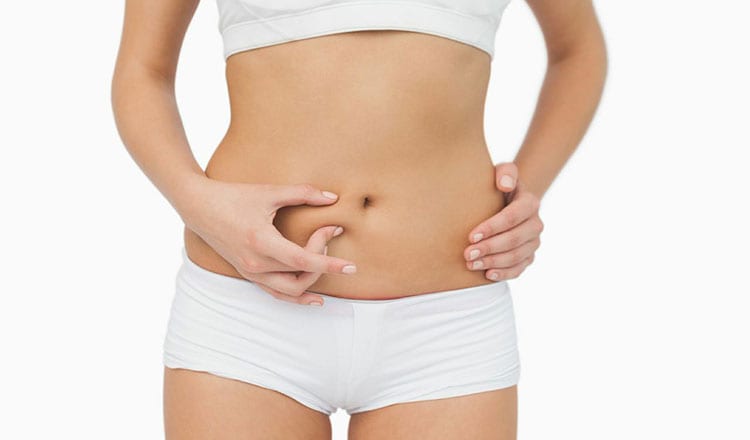Here, we are going to tackle one of the most common, yet highly under publicised issues many women often face for years without knowing it: estrogen dominance.
So many of the typical complaints many women suffer from may potentially be traced to this issue or at least have some of their ‘root’ in this increasingly common problem. To better understand what this is as well as why it has become so commonplace, let’s discuss a little deeper…
Estrogen Dominance and Relative Estrogen Dominance
Before we go any further, we need to clarify something. There are several potential scenarios we may actually be referring to when we discuss ‘estrogen dominance.’ One may be where a woman actually is producing (and/or consuming/absorbing) excess amounts of estrogen, causing her body to exhibit signs of too much estrogen. However, there is also the case where estrogen may be at a ‘normal’ level, but relative to other hormone levels that may be too low for good health (such as progesterone), estrogen begins to ‘dominate’ the picture as it is at a higher ‘relative’ level compared to these other important hormones. Both situations can cause similar and related issues and we will discuss solutions and ways to tackle both here in this article. Remember however, some instances of hormone imbalance and excess may require medical attention and/or prescription medication therapy (such as hormone replacement), so it is always wise to work with a qualified health care practitioner when trying to manipulate hormone levels.
Hormones in Our Life Cycle
While it is possible for a woman to be estrogen dominant at any point in her post-pubertal life, it is most commonly seen in women over the age of 30. Actual estrogen excess can happen earlier in life due to excess estrogen exposure (such as from hormone laden food products, pseudo-estrogens in plastic bottles, cosmetics, and more) but relative estrogen dominance tends to happen when our hormone levels start to naturally decline, which usually starts happening sometime in the early 30s (even earlier potentially when someone is chronically stressed or malnourished). This hormone decline tends to accelerate at around age 35 and often by a woman’s early forties, progesterone has fallen considerably from its peak some twenty years earlier around age 20. Remember from our previous article that if you are chronically stressed also, this can exacerbate progesterone decline, as the body will divert hormone precursor material from making progesterone to making cortisol instead!
Estrogen, whilst declining too, doesn’t tend to drop as rapidly for many women until the actual event of menopause, which happens on average at around age 51, so that can set them up for this ‘relative estrogen dominance.’ As we discussed in the intro article, estrogen or relative estrogen dominance is often associated with common complaints such as fibroids, fibrocystic breasts, PCOS, PMS, bloating, water retention, weight gain, endometriosis, feeling sluggish and lethargic, irritability, and more. I think we can agree that not many of us enjoy these repercussions!
Solutions
The good news is that all the things we discussed in the introductory article apply here and will make considerable difference if applied consistently, but a few additional points for you to consider here may be especially helpful, including:
1. If it’s feasible, consider having your hormone levels checked via a blood test. Optimal values for hormone levels exist and your levels can be compared to these by a qualified healthcare provider. For those individuals over the age of 30, if progesterone levels are considerably low, you may need to look at testing your cortisol levels, working on your stress issues in your life, and potentially look at using bioidentical progesterone (typically available by prescription) or other herbals supports (which may be available by capsule or topical cream) that may encourage healthier progesterone levels.
2. Consider an ‘estrogen detox.’ That means ensuring that all estrogenic foods, cosmetics, plastics, etc. are out of the house and you actively support your organs of elimination (i.e. the bowels, the liver, the kidneys, etc.) by eating plenty of cruciferous vegetables, herbal teas such as burdock root, milk thistle, and dandelion, and also encourage sweating through exercise, infrared saunas, hot Epsom salt baths, and more.
3. Ensure that your cholesterol levels are adequate (again available through a blood test). Whilst too much cholesterol MAY put individuals at greater risk for cardiovascular events, too low of cholesterol levels can contribute to chronically low hormone levels (such as progesterone) as all of our hormones are made from cholesterol.
See below for more hormone imbalance stories
Welcome To The Land of Hormonal Imbalance, Otherwise Known As Modern 21st Century Life!
Do you suffer from estrogen dominance? Tell us about your experiences in the comments below!










